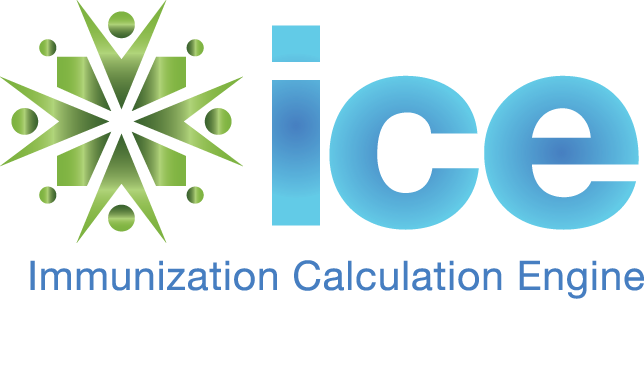 Like many things in the age of COVID-19, the vaccine development landscape is unlike anything we have seen in our lifetimes. There are over 100 SARS-CoV-2 vaccines currently in development, many of which are utilizing new technologies not used in any currently licensed vaccine. The potential impact on immunization schedules (clinical guidelines for clinicians) and immunization clinical decision support is significant.
Like many things in the age of COVID-19, the vaccine development landscape is unlike anything we have seen in our lifetimes. There are over 100 SARS-CoV-2 vaccines currently in development, many of which are utilizing new technologies not used in any currently licensed vaccine. The potential impact on immunization schedules (clinical guidelines for clinicians) and immunization clinical decision support is significant.
Because immunization is a core health service, the World Health Organization (WHO) advocates that it be “prioritized for the prevention of communicable diseases and safeguarded for continuity during the COVID-19 pandemic, where feasible.” WHO recently issued guidance on immunization services that provides guiding principles and considerations to support countries in their decision-making regarding the provision of immunization services during the COVID-19 pandemic and was reviewed and endorsed by the WHO’s Strategic Advisory Group of Experts on Immunization.
The guidance includes advice on the importance of maintaining safe immunization services. Similarly, in the United States, the CDC and AAP have recommended that “Newborn and well-child care, including childhood immunizations, should continue and be prioritized during this COVID-19 pandemic.”
However, visits to pediatricians are down significantly across the country and although well visits have slowed less than sick visits, they aren’t far behind. As a result, patients have been falling behind on their routine immunizations. The last thing anyone wants during a Coronavirus pandemic is an outbreak of vaccine-preventable disease (VPD) like Measles. It is important to start planning now for essential catch-up vaccination of children who missed a routine vaccination, as soon as the physical distancing measures are lifted.
The immunization schedule can get very complicated when a patient “falls behind,” and an automated forecaster is an invaluable tool to help both clinical care and public health identify those who need to catch up and to target outreach to them. Immunization Calculation Engine (ICE), an open source, standards-based immunization forecaster, can play an important role not only in catching up with routine vaccinations but also in facing the threat of COVID-19. ICE can help identify “hot spots” of under-immunization and help make sure patients are up-to-date on their Pneumococcal and Influenza vaccinations. Although those vaccines are not effective against 2019-nCoV, vaccination against respiratory illnesses is highly recommended. Meanwhile, clinical trials for 2019-nCoV vaccines are already underway. Although a publicly available vaccine is still pretty far off, ICE, with its open source configurable rules is ready to implement whatever recommendations are published for the 2019-nCoV vaccine, including any high risk schedules (for patients with higher risks for certain conditions). And the prospect of multiple vaccines potentially only make automated clinical decision support like that which ICE can provide even more necessary.
Vaccines have rarely (if ever) been produced for world-wide administration at the scale that is envisioned for a COVID-19 vaccine. It will take significant effort and time for vaccine manufacturing infrastructure to scale up to the demand. When the vaccine does become available, it will almost certainly be prioritized for high-risk individuals based on their medical history (e.g., respiratory issues) as well as their occupation (e.g., healthcare workers). The clinical decision support in ICE and its newly developed FHIR interface can play an important role in helping to identify high-risk patients based on their medical records stored in Electronic Health Record (EHR) systems.
The WHO guidance further recommends temporary suspension of preventive mass vaccination campaigns and provides advice on conducting careful risk assessment before implementing outbreak response vaccination, with attention to appropriate protective measures to avoid transmission of the COVID-19 virus. The Global Polio Eradication Initiative (GPEI) has already suspended its effort until at least June 1, 2020. Interestingly, there is currently no shortage of routinely-administered vaccines according to the Centers for Disease Control and Prevention.
See a feature article about ICE in Open Health News.
Send us feedback about this blog
